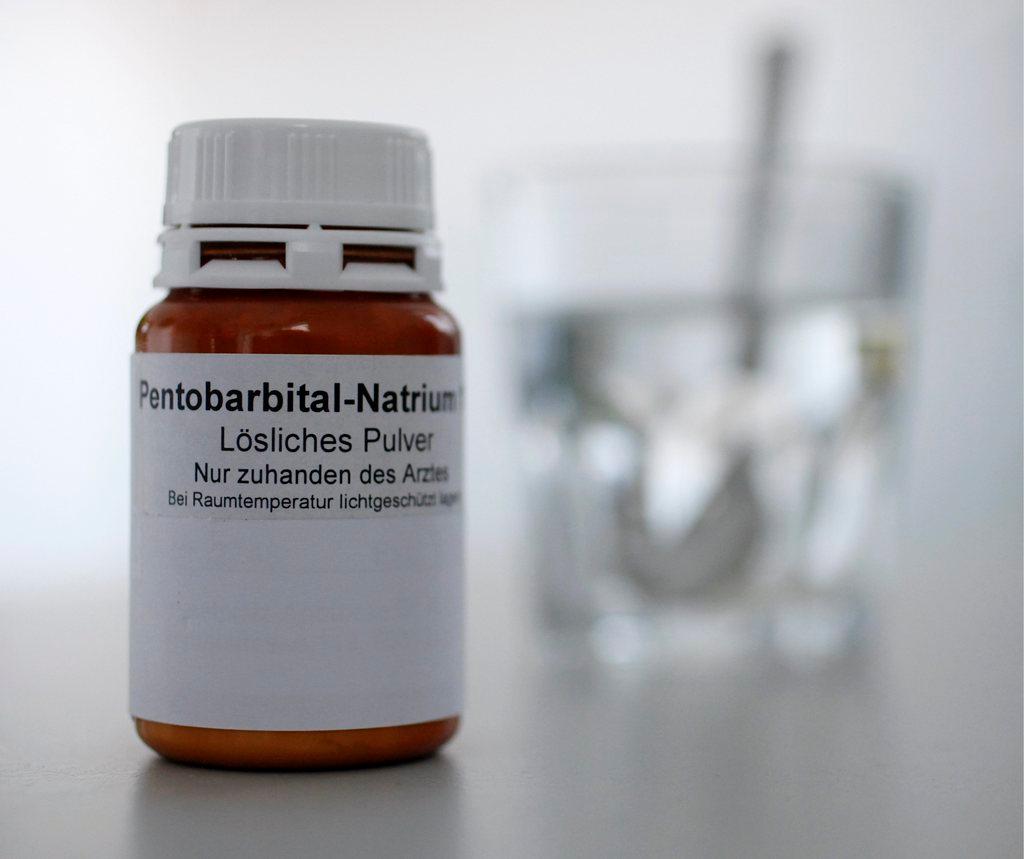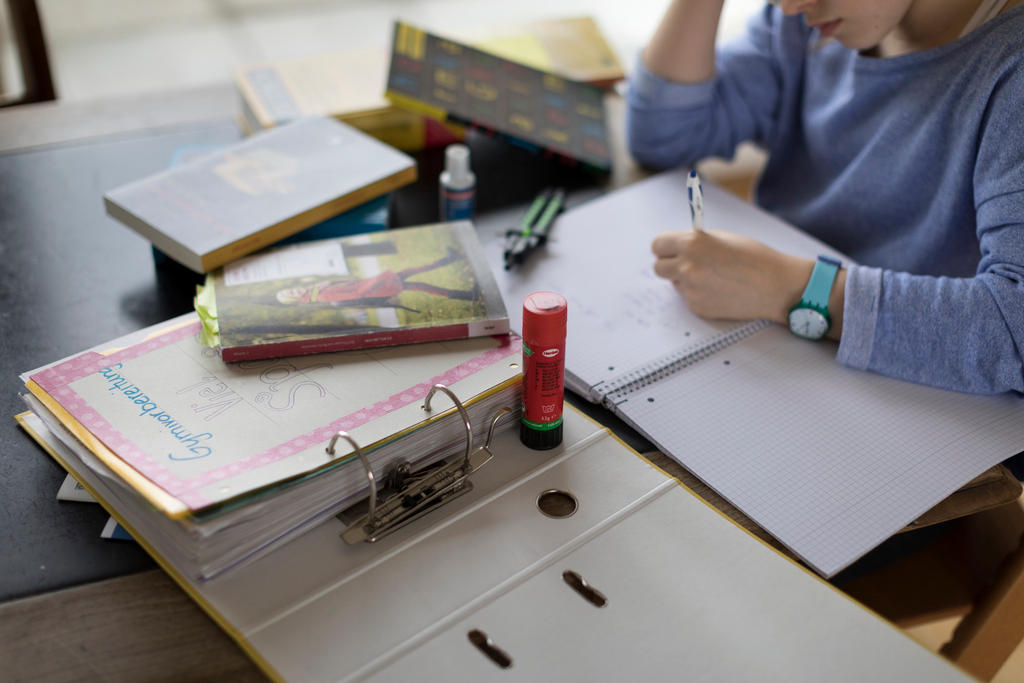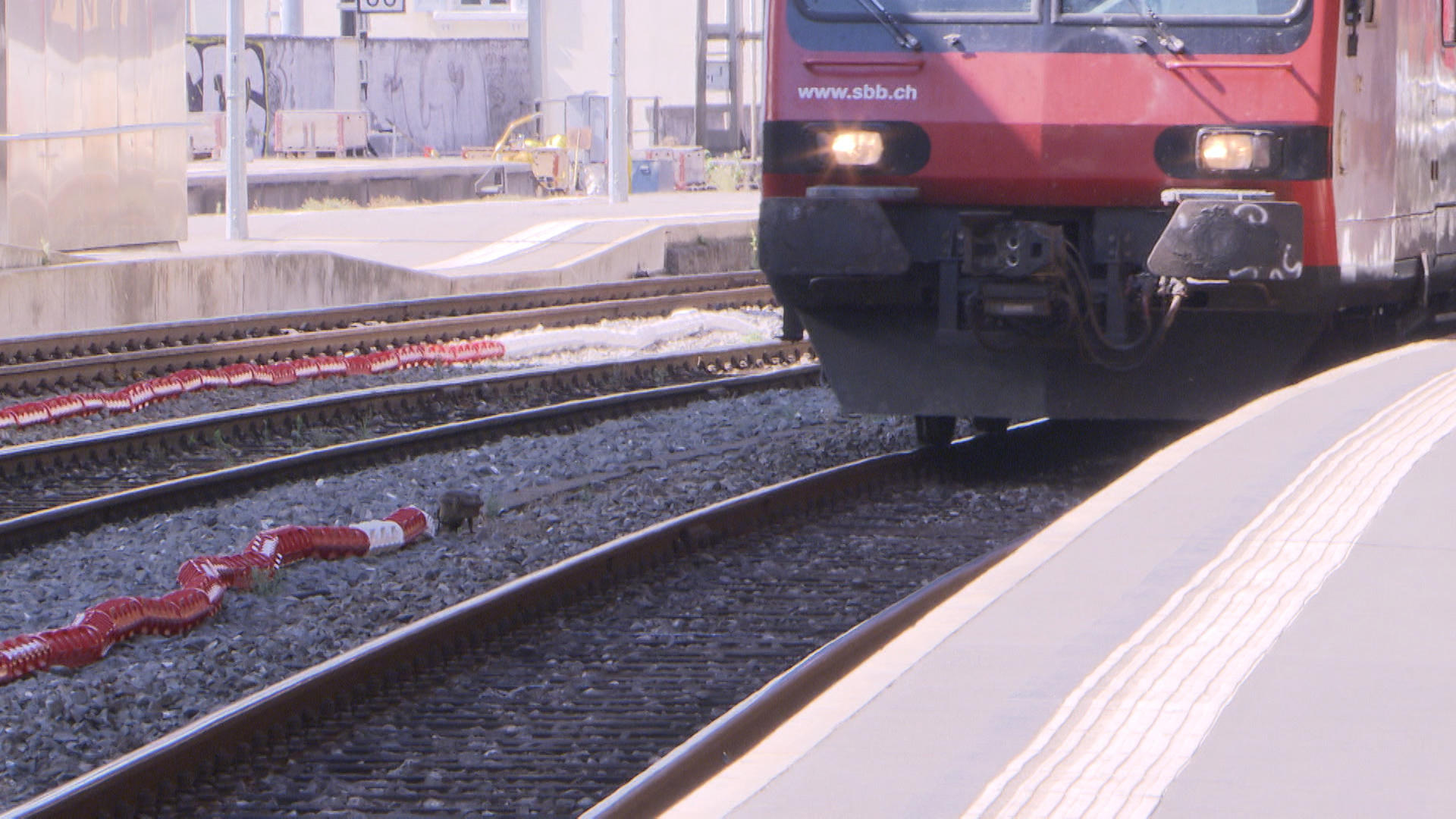Study finds alarming number of self-harm incidents

A government-commissioned study in the French-speaking part of Switzerland finds alarming rates of self-inflicted harm, one of the key risk factors for suicide. Study authors call for a nationwide self-harm monitoring system.
Self-harm, defined as all non-fatal intentional acts of self-poisoning or self-injury, irrespective of degree of suicidal intent or other types of motivation, is a major risk factor for suicide. However, it remains poorly documented.
A study published in Swiss Medical Weekly,External link commissioned by the Swiss Federal Office of Public Health, has revealed for the first time the prevalence of self-harm in the French-speaking part of Switzerland.
In a ten-month period, clinicians at Lausanne and Neuchâtel general hospitals documented 554 cases of self-harm by 490 patients. Nearly half were between the ages of 18 and 34 years old and around 65% were in difficult socioeconomic situations. Non-Swiss citizens made up 56% of the sample in Lausanne and 43% in Neuchâtel, slightly over the known proportion of foreign citizens in Lausanne (43%) and Neuchâtel (25%). Increased risk of self-harm among foreigners has been found in other studies.
The majority of patients had experienced at least one previous episode of self-harm and in more than 50% of cases, suicidal intent was clear.
+ Read more about how Switzerland wants to prevent 300 suicides a year
Self-poisoning was the most frequent method found in the study followed by cutting, jumping from a height and hanging or asphyxiation.
In Switzerland, suicide is the fourth leading cause of early death and more than 10,000 persons seek medical treatment after a suicide attempt every year. However, no systematic monitoring at a national level currently exists for self-harm.
The study authors write that self-harm monitoring can identify specific at-risk groups and help put in place targeted prevention interventions. It can also help address stigma that self-harm sufferers endure that can make it harder to seek help.
In Switzerland, costs related to hospitalisation due to self-harm is approximately CHF200 million per year.

In compliance with the JTI standards
More: SWI swissinfo.ch certified by the Journalism Trust Initiative



You can find an overview of ongoing debates with our journalists here. Please join us!
If you want to start a conversation about a topic raised in this article or want to report factual errors, email us at english@swissinfo.ch.